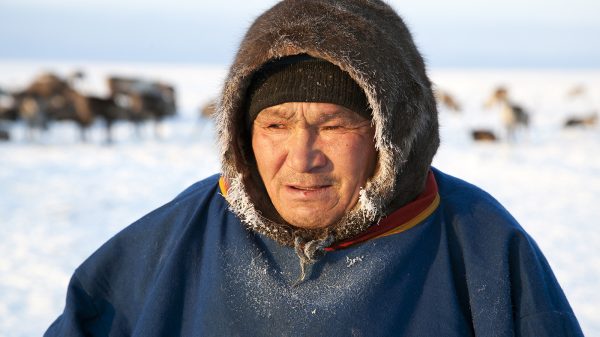The United States National Hurricane Center (NHC) has reported that Hurricane Beryl has strengthened into a “potentially catastrophic” Category 5 storm. Heading towards Jamaica, Beryl has already caused significant damage in southeastern Caribbean islands by downing power lines, destroying homes, and flooding streets.
As the earliest recorded Category 4 storm, Beryl initially made landfall on the island of Carriacou in Grenada on Monday. By 11.00 pm (03:00 GMT), the NHC updated that Beryl had intensified into a Category 5 hurricane. Although the storm’s strength may fluctuate, it is expected to maintain major hurricane intensity as it moves through the Caribbean.
Carriacou experienced a severe impact from Beryl’s “extremely dangerous eyewall,” with sustained winds exceeding 240 kilometers per hour (150 mph). Nearby islands, including Grenada and St Vincent and the Grenadines, also faced “catastrophic winds and life-threatening storm surge,” the NHC reported.
Grenada’s Prime Minister, Dickon Mitchell, described the storm’s impact on Carriacou: “In half an hour, Carriacou was flattened.” He confirmed one death but noted that communication with Carriacou and Petite Martinique was largely severed, complicating the damage assessment and casualty report. “We do hope there aren’t any other fatalities or any injuries,” he stated, underscoring the challenges faced. Government officials are scheduled to survey the damage early Tuesday. Streets from St Lucia to Grenada were cluttered with debris, including downed power lines, trees, and other objects.
In Bridgetown, Barbados, shop owner Vichelle Clark King expressed her heartbreak as she inspected her sand and water-filled store: “Right now, I’m real heartbroken.”
The NHC has forecasted that Beryl will approach Jamaica by Wednesday. Jamaica’s government has issued a hurricane warning, and tropical storm warnings are in effect for parts of the southern coasts of the Dominican Republic and Haiti. The last major hurricane to hit the southeastern Caribbean was Hurricane Ivan, which killed dozens in Grenada 20 years ago. Beryl became the first hurricane of the 2024 Atlantic season on Saturday and quickly intensified to Category 4.
Experts attribute the unusual intensity of Beryl so early in the season to climate change. Increased temperatures in the North Atlantic have led to higher rates of surface water evaporation, providing more energy for intense hurricanes. “Climate change is loading the dice for more intense hurricanes to form,” said Christopher Rozoff, an atmospheric scientist at the National Center for Atmospheric Research in Colorado.
Meteorologist Andra Garner observed that Beryl rapidly increased from a Category 1 to a Category 4 storm in less than 10 hours. Her research indicates that rising water temperatures over the past five decades have made rapid storm intensification more than twice as likely. In May, the US National Oceanic and Atmospheric Administration predicted above-normal hurricane activity in the Atlantic this year, pointing to unseasonably high ocean temperatures.
In Kingston, Jamaica, waiter Welton Anderson at the Chillin’ restaurant remained calm despite the approaching hurricane. “Jamaicans wait until the last minute. The night before or in the morning, the panic sets in. It’s because we’re used to this,” he explained. Across the eastern Caribbean, residents prepared by boarding up windows, stocking up on supplies, and fueling their vehicles. In Mexico, authorities issued warnings and urged the public to exercise “extreme caution” as they prepared for Beryl’s potential impact later in the week.
Follow for more.





















searc h
July 10, 2024 at 3:54 am
You’re amazing!searc h